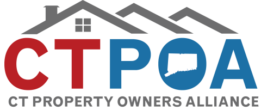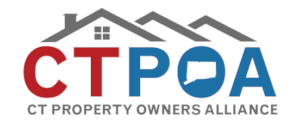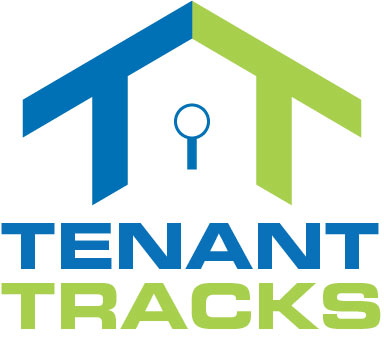Staying abreast of Connecticut’s legislative changes is crucial for compliance and risk management. The state has enacted significant reforms affecting the eviction process, tenant screening, and certain protected classes. These updates require immediate attention and procedural adjustments for all rental property operations.
Key Legislative Changes Impact to Evictions and Tenant Screening
Recent legislation in Connecticut has focused on providing greater protections to tenants, which fundamentally alters the eviction landscape and your standard operating procedures.
1. Sealing of Eviction Records
This is one of the most impactful changes for the tenant screening process:
- Restriction on Use: Landlords are now prohibited from refusing to rent to a prospective tenant solely based on a past or pending summary process (eviction) action.
- Automatic Sealing: Eviction records are now automatically sealed (removed from public internet-based court records and databases) if the case was:
- Dismissed
- Withdrawn (the landlord drops the case)
- Decided in favor of the tenant
- Effective Date: This change took effect on July 1, 2024, and also prohibits the commercial disclosure of these sealed records (e.g., selling data to tenant screening companies).
- Actionable Insight: Your tenant screening process must be updated to exclude consideration of sealed eviction records. Focus on verifiable income, creditworthiness, and non-sealed landlord references.
2. Expanded “Good Cause” Eviction Protections
The law has significantly broadened the scope of tenants protected from “no-fault” evictions (evictions for the mere lapse of time or expiration of the lease):
- Protected Housing: The protections apply to tenants in buildings or complexes with five or more separate dwelling units, or in certain mobile manufactured home parks.
- Expansion of Protected Class: While “good cause” was previously limited to elderly (age 62+) and disabled tenants in these units, recent legislation (effective October 1, 2024) extends these protections to all tenants in these specified housing types. This is a critical change.
- Mandatory Notice: Landlords must provide tenants in these protected buildings with a notice, created by the Department of Housing, summarizing their rights. This requirement was initially suspended until January 1, 2025, to allow time for the updated notice reflecting the new law to be created and posted.
- Permissible Eviction Grounds: In these protected units, a landlord may only pursue an eviction for specific, legally defined reasons, including:
- Non-payment of rent.
- Refusal to agree to a fair and equitable rent increase.
- Serious nuisance or substantial breach of the lease.
- The landlord’s intent to personally occupy the unit (subject to specific rules).
Financial and Procedural Adjustments
Landlords also face new constraints on fees and procedural requirements:
3. Fee Limitations
- Late Fees: Landlords are now limited to charging only one late fee per overdue rent payment, capped at the lesser of $50 or 5% of the overdue rent. Charging a repeat late fee for the same payment is prohibited.
- Application Fees: Landlords cannot charge a rental application processing fee (though costs like a screening report fee, capped at $50, may still apply).
4. Notice to Quit Process
While the fundamental eviction process remains a summary process action, strict adherence to notice periods is paramount.
- Notice Types: Remember the primary notices remain:
- Non-Payment of Rent: 3-day Notice to Quit (giving the tenant time to pay or vacate).
- Curable Lease Violation: 15-day Notice to Remedy or Quit.
- Lapse of Time/End of Lease: Generally a 3-day notice, but now restricted for all tenants in the expanded “good cause” protected housing types.
- Service: Using a State Marshal for service of the Notice to Quit and the subsequent Summons and Complaint remains the gold standard to ensure proper documentation and legal compliance, which is a major tenant defense in court.
Strategic Takeaways for Real Estate Professionals
- Revamp Screening Protocols: Immediately audit your tenant screening process to ensure compliance with the eviction record sealing law and use advanced screening platforms like TenantTracks. Train staff to ignore sealed records and rely on legal, verifiable data points.
- Verify Property Classification: Identify all properties in your portfolio that contain five or more separate dwelling units. For these properties, assume all tenants are protected by the “good cause” eviction standard, and adjust your lease non-renewal policies accordingly.
- Audit Lease Agreements: Review and update your lease agreements to reflect the new fee limitations and clearly define lease violations that may constitute “good cause” for eviction.
- Consult Legal Counsel: Given the complexity of these changes, especially the “good cause” expansion, consult with experienced landlord/tenant counsel before initiating any eviction proceeding to ensure absolute compliance with the new statutory requirements.
For property managers and landlords, these changes mean the need for meticulous documentation, strict procedural compliance, and a proactive, legally sound approach to lease management and renewals.








